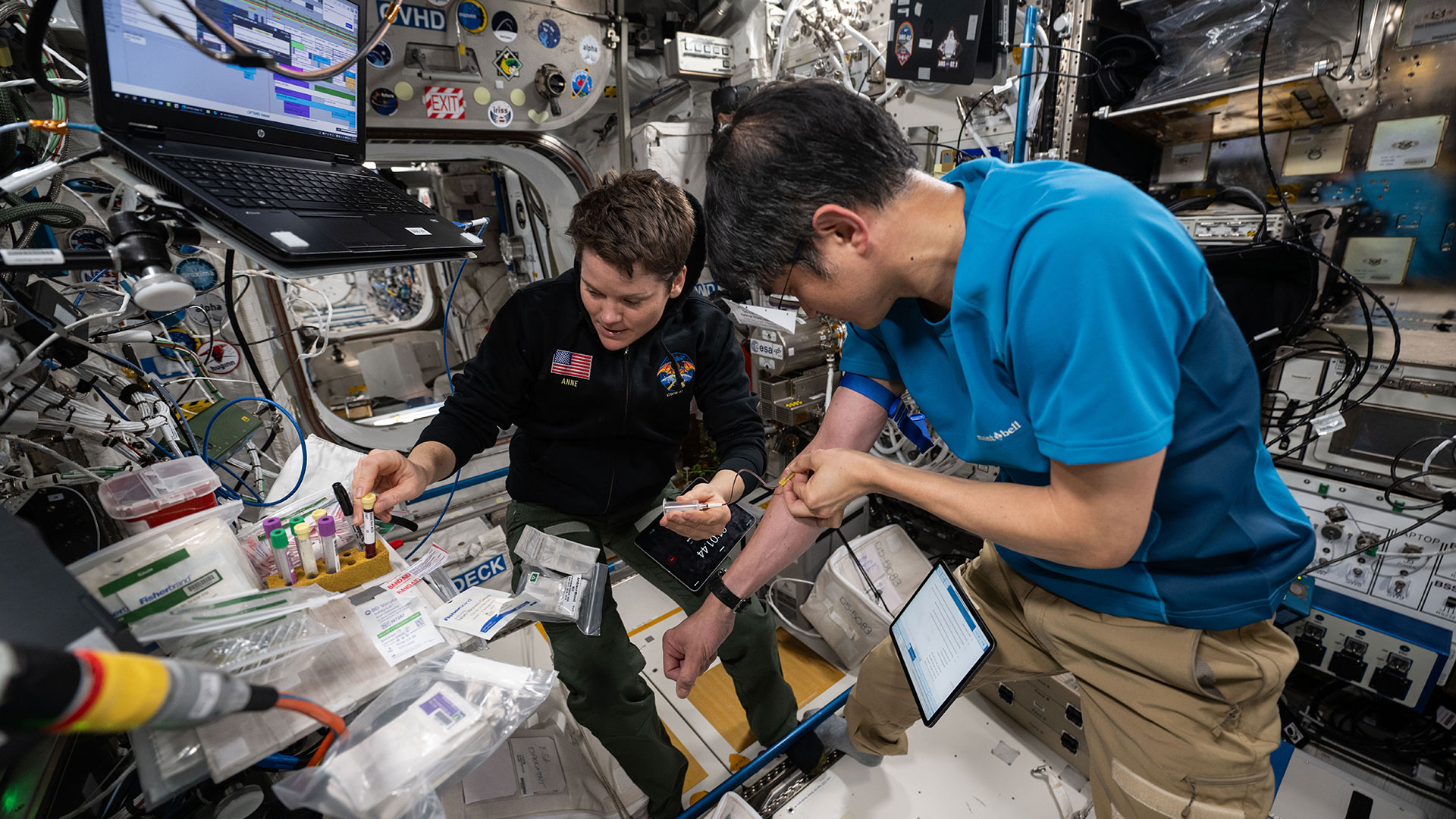NASA has used the US military for astronaut rescue for decades. So why ask private companies for help now?
NASA says the change is part of the agency's "continued effort to enable a robust commercial industry and supports policy that encourages development of a thriving United States commercial sector."
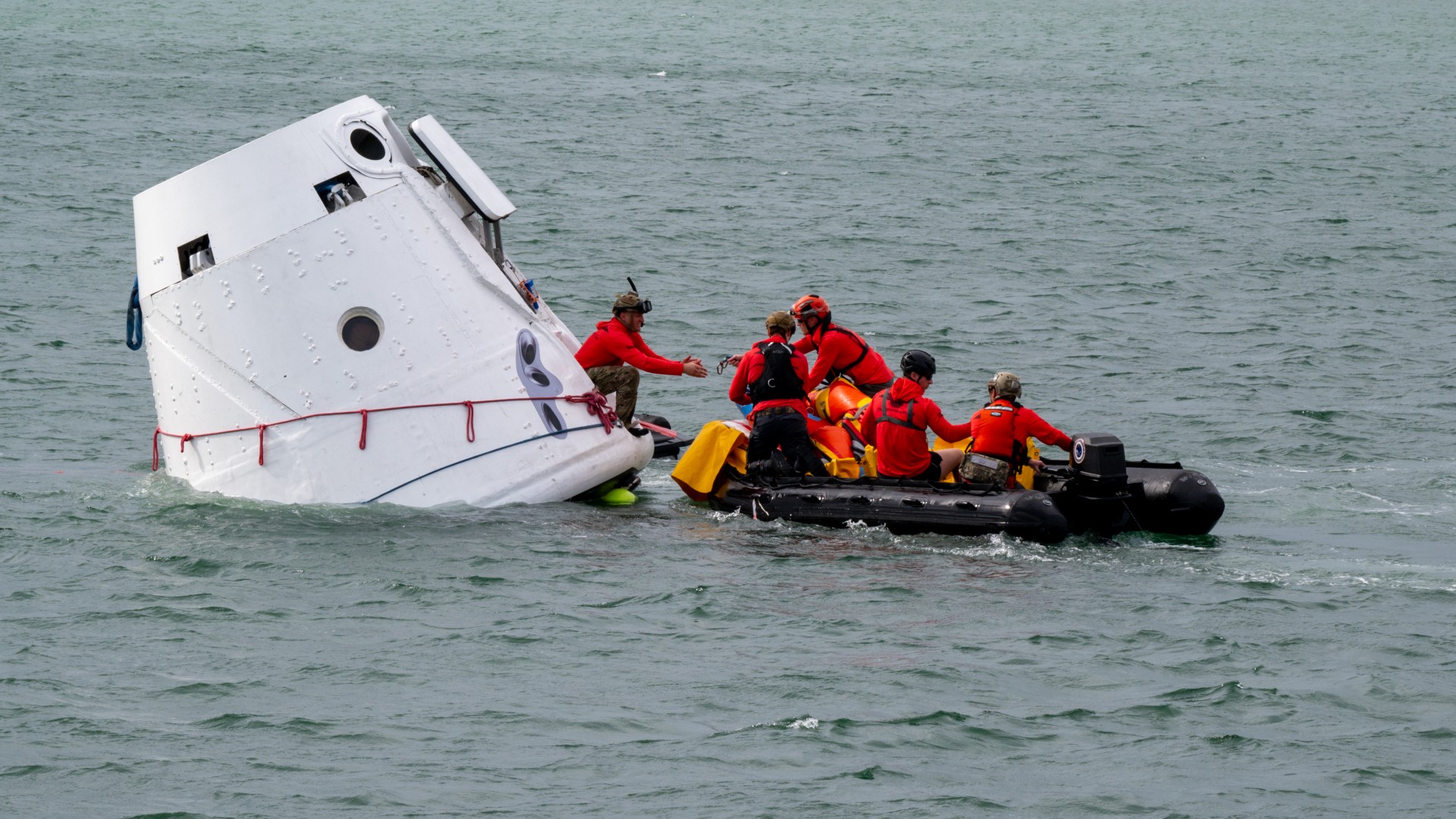
NASA is asking private industry and academia for ideas for new rescue services for its astronauts on Earth in the event of emergencies during rocket launches, spacecraft free flight or landings.
The agency published a request for information (RFI) on April 23 seeking information from "all interested parties," including private businesses and universities, for astronaut crew rescue services for NASA's Commercial Crew Program (CCP). Commercial crew is the program that pairs NASA astronaut crews (and Russian cosmonauts on seat swap assignments) with private launch providers like SpaceX or Boeing.
Currently, the U.S. Department of Defense (DoD) is responsible for rescuing astronauts in the event of emergencies here on Earth, NASA notes in the RFI. But the agency is now looking for more options for "rescue during off-nominal situations beyond the requirements of CCP mission providers," the RFI notes. A spokesperson from NASA's Commercial Crew Program told Space.com that these commercial options, if they are found, may be more cost-effective and flexible than what is currently available. In addition, the request is "part of NASA's continued effort to enable a robust commercial industry and supports policy that encourages development of a thriving United States commercial sector," the spokesperson added.
NASA says that these new astronaut crew rescue services are needed for all Commercial Crew Program missions starting in 2026 and running through 2030, the year the agency has said will be the end of the International Space Station.
These commercial rescue services could entail approaching spacecraft on the ground or in the sea and opening hatches, retrieving crew from spacecraft and providing medical care while transporting astronauts to medical facilities.
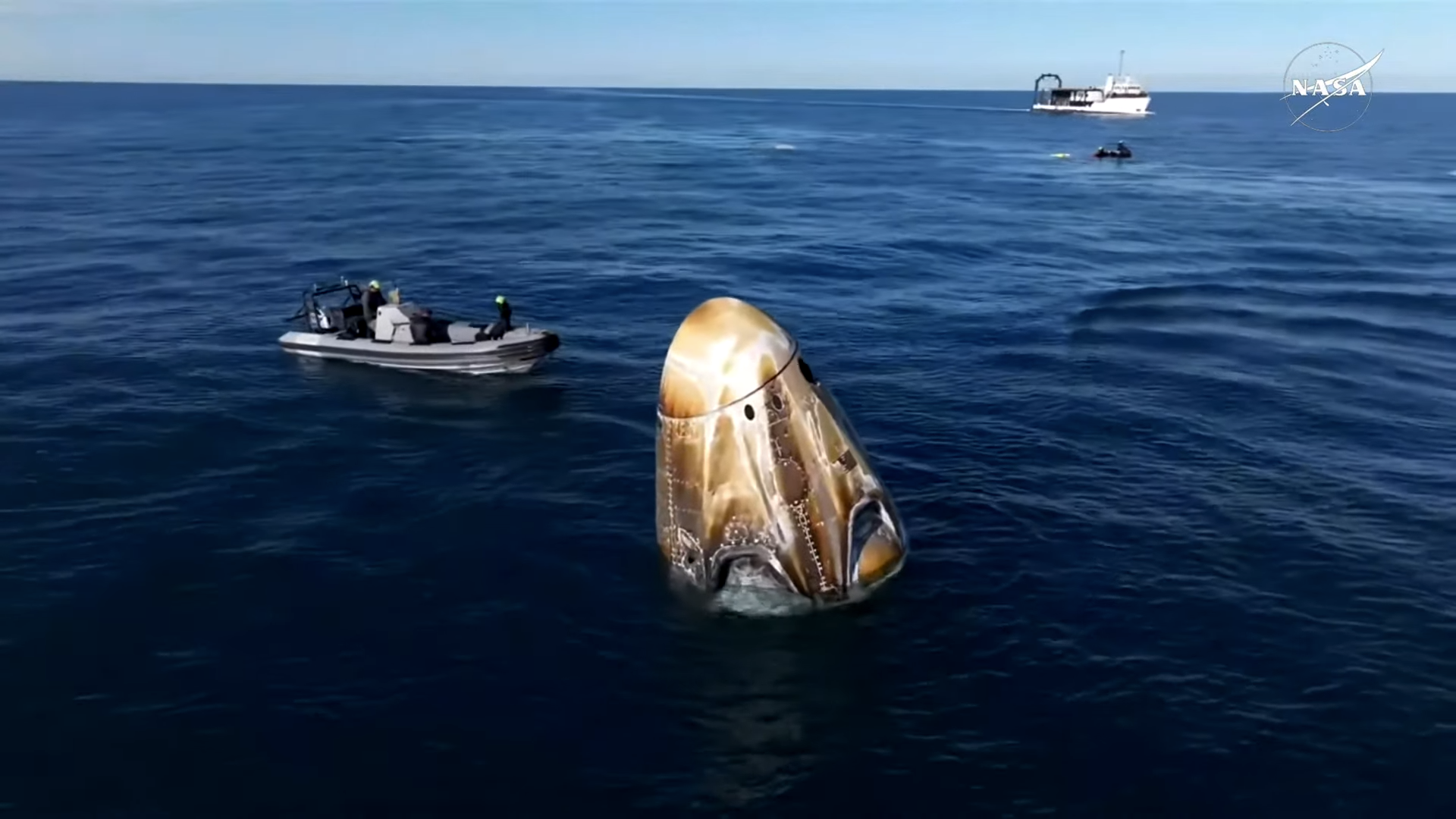
Whenever NASA chooses a new contractor for its astronaut rescue services, it will be responsible for providing "near-real-time spacecraft status" and landing locations to the best of its knowledge if rescue services are required.
These services would need to be able to be provided "along the ascent corridor which runs from the launchpad at [Kennedy Space Center], up the coast of the U.S. and Canada, and across to the coast of Ireland," NASA says in the RFI. Personnel must be able to respond to emergencies in pre-designated water landing zones within 24 hours of being notified of an emergency. The agency says rescue personnel must be trained in how to safely reach rescue locations and provide required medical care to astronaut crews on-site.
Get the Space.com Newsletter
Breaking space news, the latest updates on rocket launches, skywatching events and more!
The U.S. Air Force currently has a unit known as Detachment 3 that trains for Commercial Crew Program rescues and is responsible for "coordinating astronaut rescue and recovery, contingency landing site support, payload security, medical support, coordination of airlift/sealift for contingency operations, as well as other support services required in the event of a spacecraft emergency," according to an Air Force statement.
Detachment 3 has personnel stationed at Patrick Space Force Base close to Kennedy Space Center in Florida, Joint Base Charleston in South Carolina, and Joint Base Pearl Harbor-Hickam in Hawaii.
Detachment 3 is currently the only unit within the U.S. military tasked with supporting rescue operations during Commercial Crew Program launches. The unit's motto is "These things we do, that others may live," which reflects their mission to ensure that "an astronaut's worst day is not their last." It was created in 1959 to support the United States' first crewed spaceflight program, Project Mercury, and later supported the space shuttle program. In 2020, Detachment 3 supported the first crewed flight of NASA's Commercial Crew Program with SpaceX's Demo-2 mission.
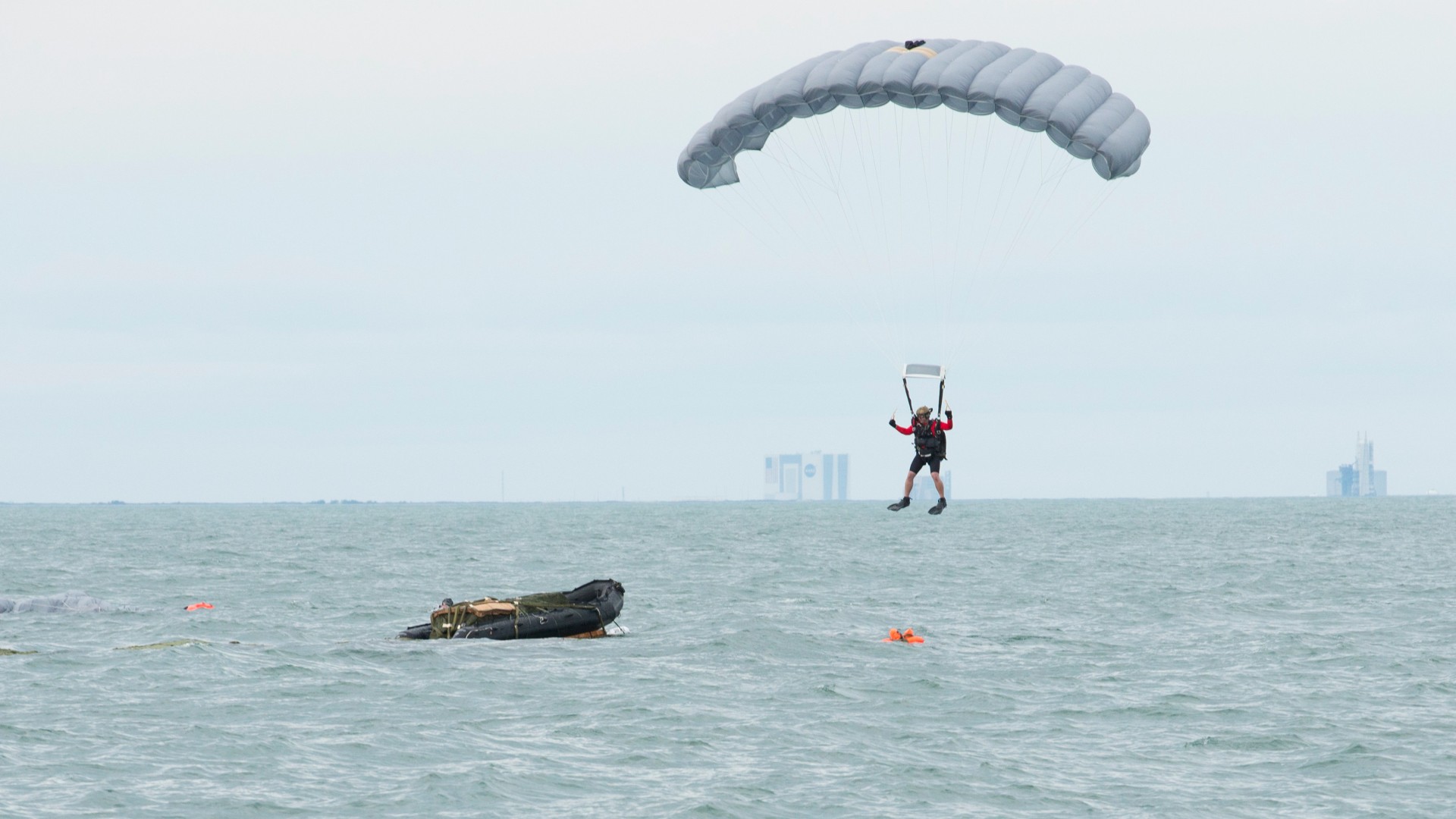
According to NASA, U.S. Air Force personnel and aircraft are pre-positioned along key locations during Commercial Crew launches. If rescue is necessary within 200 nautical miles (370 km) of the agency's Florida launch site, an HC-130 aircraft and two HH-60 Pave Hawk helicopters will be deployed from Patrick Space Force Base near Kennedy Space Center.
If a rescue is required farther away, a C-17 Globemaster aircraft would be deployed from Joint Base Charleston or Joint Base Pearl Harbor-Hickam.
These military personnel and assets coordinate with SpaceX recovery teams, who typically operate two "fast boats" and a large recovery vessel to recover crew and spacecraft during nominal returns to Earth. One of the two fast boats recovers the parachute that slows the company's Dragon spacecraft during descent, while the other prepares the capsule for recovery by its larger vessel. Medical personnel are stationed on the recovery vessel to respond to emergencies.
SpaceX operates two recovery vessels, named "MV Megan" and "MV Shannon."
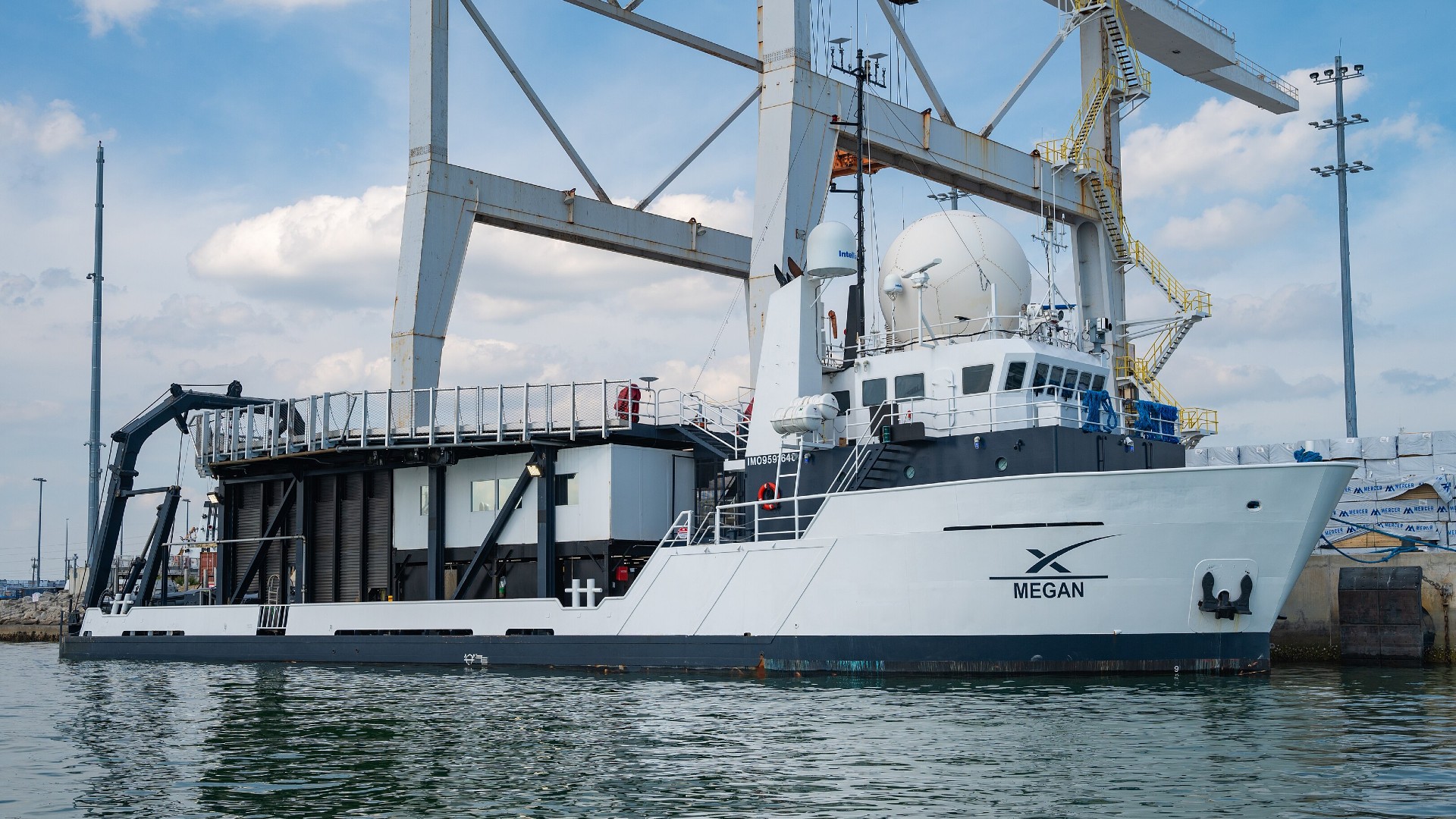
NASA is seeking to change rescue service providers at a time when many in the U.S. government and even the agency itself are looking to shift more of the agency's tasks and responsibilities onto private industry.
The commercial space industry has grown and flourished in recent years, and NASA, like the U.S. federal government as a whole, is facing budget cuts and an overall reduction in size as part of the Trump administration's efforts to shrink the size of the American government and cut spending.
Editor's note: This story was updated to include comments from NASA's Commercial Crew Program.
Join our Space Forums to keep talking space on the latest missions, night sky and more! And if you have a news tip, correction or comment, let us know at: community@space.com.

Brett is curious about emerging aerospace technologies, alternative launch concepts, military space developments and uncrewed aircraft systems. Brett's work has appeared on Scientific American, The War Zone, Popular Science, the History Channel, Science Discovery and more. Brett has English degrees from Clemson University and the University of North Carolina at Charlotte. In his free time, Brett enjoys skywatching throughout the dark skies of the Appalachian mountains.
You must confirm your public display name before commenting
Please logout and then login again, you will then be prompted to enter your display name.
